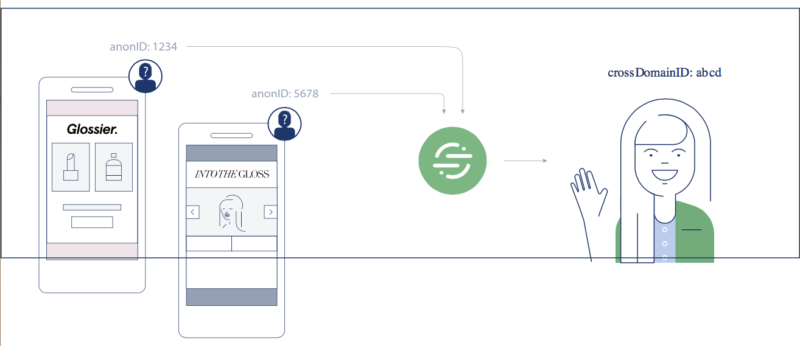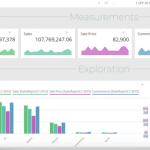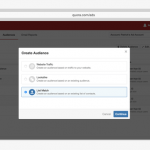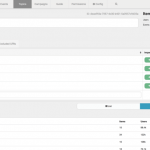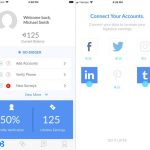Segment can now track users across sites without third-party cookies
The data connection service is employing a common ID for first-party cookies from a brand’s multiple sites.

Apologies in advance for the mixed metaphor, but third-party cookies are rapidly becoming black sheep.
So data connection service Segment is out with a new solution to help brands avoid third-party cookies as they track users between multiple sites.
Yesterday, Apple announced refinements to the way its Safari browser treats third-party cookies, which are those text files deposited on users’ devices by ads, data management platforms and tracking services. They are commonly used to track behavior across many sites.
But, Segment co-founder and CEO Peter Reinhardt told me, 30 to 40 percent of users are not tracked through third-party cookies, because various browsers — such as Safari — block them by default, as do some ad blockers and other browsers. While 60 to 70 percent seems like a pretty decent sample, Reinhardt says it can be a “biased sample” because it excludes, for example, Safari users or users of ad blockers.
By contrast, first-party cookies are deposited to visitors to your own site, indicating that the visitor has an interest or relationship with that site. If the cookie’s domain matches the domain in the browser’s address bar — that is, if you’re on that site — it’s first-party. Tracking services look at the cookie through the browser, and you can’t track other sites’ first-party cookies.
If a brand wants to track how many visitors came to one of its sites and then moved to one or more of its other sites, it typically needs to use an outside tracking service that employs third-party cookies. Third-party cookies are not defined by the domain where they are dropped.
A brand could, of course, track users if they clicked a link between the two sites by tracking the link activity, but that is a subset of users. It could also use subdomains such as community.brand.com to track users across a string of subdomains, but that precludes separate and clear domain names for each site.
Segment gives the example of IntoTheGloss.com, the blog and community web site of cosmetics brand Glossier. When visitors go to the blog/community site, they receive a first-party IntoTheGloss.com cookie. And when they go to the brand’s main site, Glossier.com, they get another first-party cookie for that domain.
But let’s say the brand Glossier wants to know how many people come to buy cosmetics on its main brand site, after visiting InTheGloss.com and talking about cosmetics with other visitors. It can’t readily do that without a third-party aggregator that tracks third-party cookies between sites of different domains, and that means 30 to 40 percent of the visitors can’t be tracked.
So Segment, which is expanding beyond its background as a kind of universal data exchange between brands and their many tools, saw an opportunity.
Today, the San Francisco-based company is launching Cross-Domain Analytics, so that brands can track their users across separate domains using first-party cookies. Reinhardt told me that “to our knowledge, this is the first time brands can get a 100 percent match rate across separate sites” without using third-party data aggregators.
The match rate is the percentage of visitors that can be tracked between sites. To accomplish this, Segment adds what is essentially a brand ID number to each site’s first-party cookies, so the brand can find the common ID number by listing and comparing the data from each site’s first-party cookies.
Glossier said in a statement accompanying the announcement that it now knows visitors to both InTheGloss.com and Glossier.com are 40 percent more likely to purchase than those who just visit Glossier. And this means it can now build campaigns that encourage such purchases on InTheGloss.
Marketing Land – Internet Marketing News, Strategies & Tips
(47)


